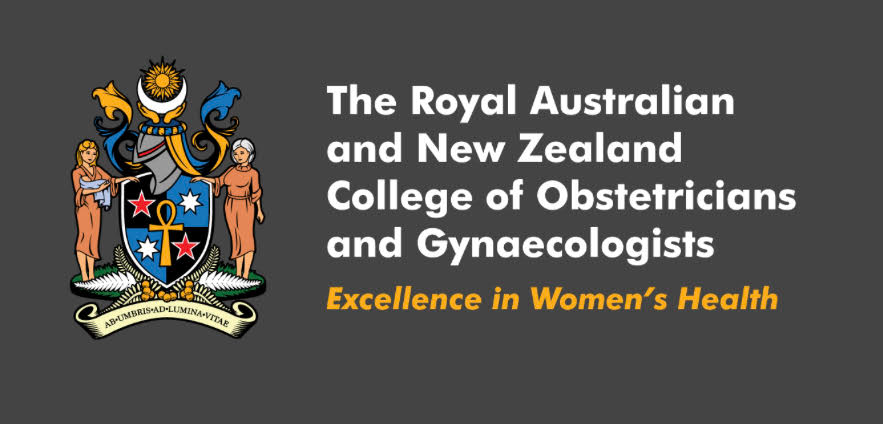

Long acting reversible contraception (LARC) are contraceptive agents that are administered less frequently than once a month, but also have no effect on long term fertility when removed.
LARC available in Australia include:
- Contraceptive implant (Implanon)
- Contraceptive DEPO Injection (DEPO Provera)
- Copper Intra Uterine Device (multiload or Copper T)
- Hormonal intra uterine device (Mirena or Kyleena).
The benefit of using a LARC is the significantly increased effectiveness compared to the oral contraceptive Pill or barrier methods such as condoms and diaphragms.
They do not rely on remembering to take a tablet on a daily basis and are not affected by conditions such as vomiting, diarrhoea or antibiotic use which can affect absorption of the oral contractive Pill.
CONTRACEPTIVE IMPLANT (IMPLANON)
Implanon is a small, plastic rod that is inserted under the skin on the inside of the arm. It releases a low dose of the hormone Etonogestrel. It is over 99% effective and is easily inserted. It should be removed or changed every 3 years. Removal may be difficult if the device is inserted too deeply.
Side effects include: moodiness, depression and approximately a third of women will have irregular bleeding.
CONTRACEPTIVE DEPO INJECTION (DEPO PROVERA)
DEPO Provera is an injection given into the muscle every 3 months. It is over 99% effective, but can cause irregular bleeding, weight gain and reduced bone density. It’s main limitation, is the time that a woman’s menstrual cycle to return to normal may take up to 12 months and is not commonly used in Australia.
COPPER INTRAUTERINE DEVICES (IUD)
A copper IUD is a small device with a fine copper wire wrapped around a plastic frame. The copper IUD is placed into the uterine cavity under local or general anaesthetic. There are two types of copper IUDs available in Australia, these last up to 5 years.
The copper IUD:
- slows the transport of the egg to delay the chance of sperm and egg meeting
- is toxic to the egg and sperm which stops sperm from fertilising the egg
- changes the lining of the uterus to make it unable to support a fertilised egg
They are immediately effective, however can sometimes cause heavier periods and are not as effective as the hormonal IUD’s. Their main benefit is there is no hormone released and as such no increase incidence of moodiness.
Both copper and hormonal IUD’s should NOT be used in women who have a history of pelvic infection.
HORMONAL INTRA UTERINE DEVICES (IUD)
These include Mirena and Kyleena. Both devices contain the hormone Levonorgestrel. They are both T-shaped with a plastic core. These devices can be inserted under local anaesthetic or general anaesthetic. The IUD is placed inside through the cervix or the opening to the uterus. The string is cut so that it is flush with the cervix.
The Kyleena is slightly smaller with less hormone in the device and may be more suitable for women who have never been pregnant before. The Mirena & Kyleena last up to 5 years before needing to be changed or removed.
Both Kyleena and Mirena will reduce menstrual flow, with over 30% getting no periods. Their effectiveness is over 99% and the Kyleena may be associated with more irregular bleeding than the Mirena.
Even if a woman has not had a period for years with a hormonal IUD, their fertility returns quickly once the device is removed.
Long acting reversable contraception is becoming increasingly popular in Australia. As with all contraceptives, one size does not fit all. It is advisable to discuss the various benefits and potential side effects with your doctor before deciding what is the best option for you.




